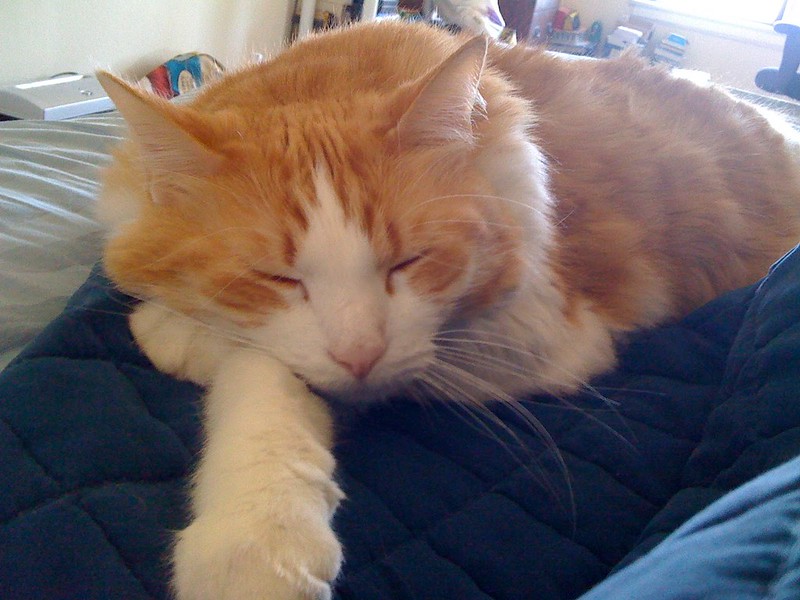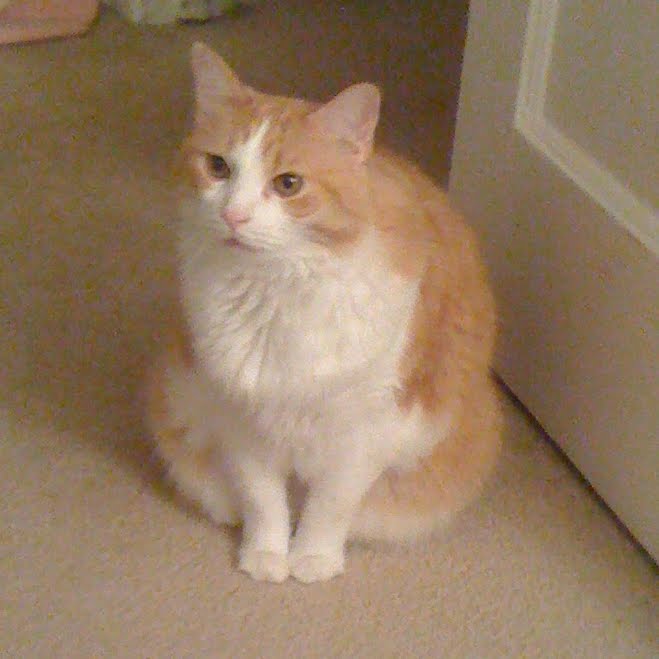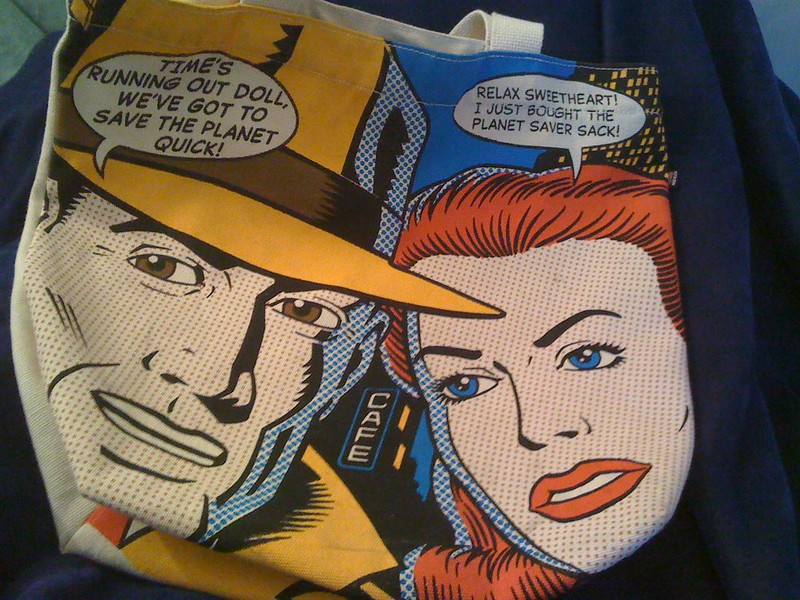Continuing Friday’s theme, I met JT for a visit to another Chicago institution, this time the Field Museum of Natural History. First, however, we walked through a gray drizzle from Union Station to Lou Mitchell’s, where we were greeted with our choice from a bowl of doughnut holes to help sustain us during the short walk from the door to a tiny booth.
Lou Mitchell’s is the kind of throwback that once was a staple of the American experience and still is in select small towns and older neighborhoods in cities like Chicago — a diner, a greasy spoon complete with booths, counter, stools, and older waitresses who may never have thought of themselves as the more upscale “servers.”
While we both chose savory dishes (me, a sour cream omelette with tomato and bacon), we also asked for a pancake on the side. You can’t have a proper breakfast at a greasy spoon without a pancake. But the griddle was out of whack! Quelle tragèdie! Soon they did get it working but not in time for us.
Shortly after 9:30, we caught the 130 bus to Museum Campus. With my ongoing back spasms, exacerbated by any time spent standing, I’d intended to make it a somewhat short day. But with temptations like SUE the T. rex, The Horse, and Whales, it was not to be. Instead of cutting the visit short, I settled for frequent, long sitting spells that temporarily placate my lumbar region.
I don’t want to say much about the special exhibits so anyone in Chicago reading this in passing can go and form their own impressions. Both are outstanding, and The Horse is perfect for someone like me who, as a girl, lived, breathed, and dreamed of the horses she would never have and so settled for following horse racing (No Le Hace, Secretariat) and equestrian events. and reading every book on horses she could find, from the Golden Guide to the Black Stallion and Chincoteague and Assateague Islands series. Like most museum exhibits, The Horse was broad, not deep, designed to whet appetite rather than satiate it. I nearly missed the main reference to the horse in literature, to Black Beauty by Anna Sewell, which was at a child’s eye level and hard to spot. If you want to learn a little about the horse as food, shelter, clothing, entertainment, worker, machine, and even therapist, don’t miss it at the Field — it closes in August.
I’ll say even less about Whales, which, beached and dead, became an integral part of the Maori culture. Although the exhibit is focused on the whale in Maori life and in the New Zealand ecosystem, interactive exhibits cover fascinating details about whale voices and language, their evolution from land to sea mammals, and their amazing physiological adaptations to aquatic life and, for some, ocean depths.
The Horse and Whales are the kind of exhibits from which you emerge feeling like a richer, better person who has experienced generations of culture and wisdom in just a couple of hours.
It’s nearly impossible to visit the Field without paying your respects to SUE the T. rex, the tweeting dinosaur that dominates the north end of the main floor. It’s as though 67 million-year-old bones could have a personality, even an attitude. Much new information has come out about dinosaurs and T. rex in the past few decades (SUE wishes that you didn’t know that, like her/his bald eagle descendants, she/he wasn’t above scavenging much of the time). For example, we’ve repositioned our museum specimens with their tails held straight out like banners, acting as counterbalances, instead of dragging uselessly on the ground. We’ve scoffed at the many misconceptions held by previous generations, but I wonder if our present paleontologists and their conclusions will be a source of scorn to our smarter descendants as they discover yet more, either in the field or in the lab. I doubt that SUE will ever become a vegetarian, and who doesn’t see little dinosaurs in the big featherless heads of newly hatched altricial parrots? I wonder, too, what else we will learn about these not-so-gentle giants. Meanwhile, she swings her head down toward you, flashing her ghastly, toothy grin.
Still stuffed from breakfast, we bypassed the long food line at the Corner Bakery for the shorter one at beverages and desserts. This gave my back another reprieve and both of us a chance to enjoy the view of downtown to the north. I’m used to looking in the other direction now, to the south toward Museum Campus.
After the break, we saw Waking the T. Rex: The Story of SUE (not to be confused with O), which is in 3D, perhaps to reflect the largeness of her life and her not-so-final resting place. Her speculated history sounds more difficult and painful than you might think. She (or he?) suffered numerous injuries as well as an ailment I can relate to: arthritis. SUE is believed to have died at age 28, although she survives in her way 67 million years later, in movies, on T shirts and souvenirs, on Twitter.
Now if scientists could figure out her gender . . .



